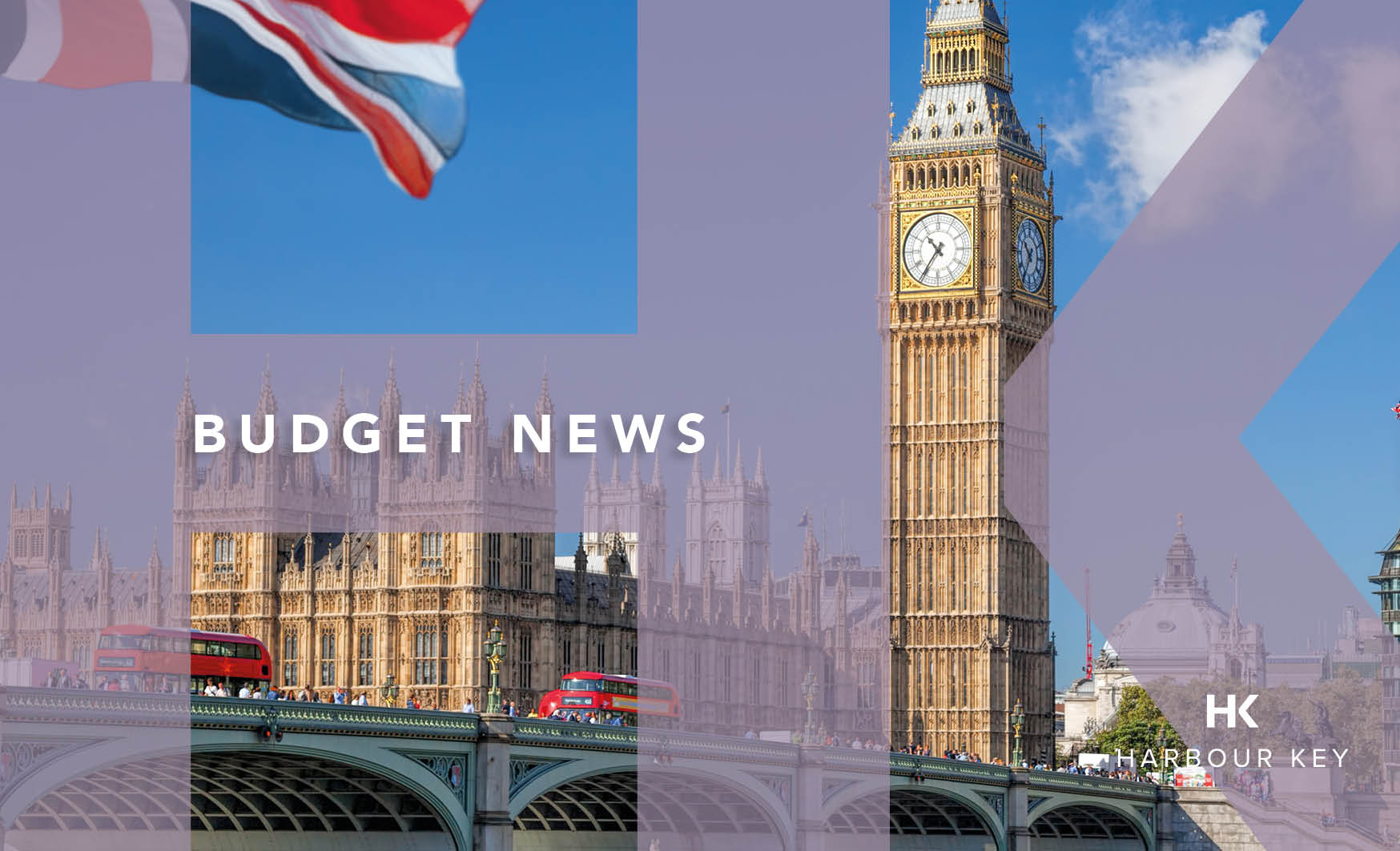Tax Changes – April 2017
Corporation Tax
The corporation tax rate from 1 April 2017 reduces to 19% (currently 20%).
Minimum & National Living Wage
Minimum Wage
- 21 to 24 – £7.05;
- 18 to 20 year olds – £5.60
- Under 18 but over compulsory school age – £4.05
- Apprentices under 19 or in 1st year – £3.50
Increase in National Living Wage for those over 25 from £7.20 to £7.50 from 1 April 2017
Apprenticeship Levy
Employers in the UK with a wages bill of more than £3 million will be required to spend 0.5% of the total on the levy.
Once employers have registered and paid the levy, they will then be able to access funding through a digital apprenticeship service account allowing them to select and pay Government-approved training providers and post apprenticeship vacancies.
Employers that do not pay the levy will be able to receive government funding towards the costs of apprenticeship training and assessment through co-investment. The Government will pay 90% of the price agreed with the training provider, up to the maximum allowed by the funding band for the relevant apprenticeship standard or framework.
Employers with fewer than 50 employees will not be required to pay a contribution to the cost of the apprenticeship where the apprentice is aged 16 to 18 inclusive, or aged 19 to 24 inclusive if he or she has previously been in care or has a local authority education, health and care plan. The Government will pay 100% of the training and assessment costs in these circumstances.
National Insurance Contributions
The starting threshold for employee and employer National Insurance bands will be aligned from 6th April 2017, at no cost to employees but an additional cost of £7.18 per employee per year for the employer.
Salary sacrifice
The tax and employer National Insurance advantages of salary sacrifice schemes will be restricted from April 2017, (except for arrangements relating to pensions, childcare, cycle to work scheme and ultra-low emission cars). Any arrangements in place before April 2017 will be protected until April 2018, and arrangements for cars, accommodation and school fees will be protected until April 2021.
Changes to VAT Flat Rate Scheme
A new 16.5% rate is to be introduced from 1st April 2017 for businesses with limited costs, such as many labour-only businesses. The flat rate scheme is used by numerous small businesses to simplify their VAT reporting. Lots of those businesses also gain a cash advantaged from using the scheme, but this advantage is due to be cut for many contractor businesses who will be required to use the new rate.
Non-UK domiciled status
UK tax residents and UK domiciles pay tax on their worldwide income. Non-UK domiciles living in the UK currently have a special tax status which means they can pay an annual fee to HMRC and then pay no tax on any income or capital gains earned overseas and not brought into the UK. For the first seven years there is no fee, thereafter the fee is £30,000 going up to £50,000 in year twelve, the individual making a decision each year whether to claim or not to claim the special status.
From 6th April 2017, non-UK domiciled individuals who have been resident in the UK for 15 out of the previous 20 tax years will be “deemed domiciled” in the UK and therefore required to pay tax at the same rates as UK citizens on their worldwide income and inheritance tax on all of their estate.
Planning opportunities are available before the change takes place, but there is limited time to take action.
Buy to Let Landlords
From 6th April 2017 a restriction will be phased in to limit how much higher rate taxpayers who use loans to finance buy-to-let properties can claim in tax relief for their finance costs. Finance costs include loan interest and arrangement fees. The change will only effect individual landlords of residential property. This restriction will be phased in over four years, starting from April 2017 as follows:
- 2017/18 the deduction from property income (as is currently allowed) will be restricted to 75% of finance costs, with the remaining 25% being available for basic rate relief;
- 2018/19, 50% finance costs deduction and 50% given as a basic rate tax reduction;
- 2019/20, 25% finance costs deduction and 75% given as a basic rate tax reduction and
- 2020/21 all financing costs incurred by a landlord will be given only basic rate tax relief.
Contractors working in public sector
Many contractors work via their own service companies, meaning they pay corporation tax on their earnings and lower levels of National Insurance than ordinary employees. For most public sector workers, this arrangement will come to an end on 5th April 2017.
If HMRC deems the relationship to be one between an employer and employee rather than a contract between two independent organisations, the contractor will be deemed to come under a rule known as IR35, meaning they have to pay tax and NI contributions at the same level as a normal employee under PAYE.
Individual contractors have historically had a responsibility for determining which side of the line the relationship fell on. This will now shift to the public body, meaning they are likely to err on the side of caution to avoid facing sanctions for non-compliance by treating the worker as a direct employee.
Tax-free child care
Tax-free childcare is to be introduced as an alternative to employer supported childcare (childcare vouchers) – a scheme that is being phased out. The Government will contribute up to 20% of the first £10,000 of registered childcare costs per child, per year. This equates to a maximum of £2,000 per child, per year. The scheme will be available to people who have an annual income under £150,000 and are not receiving help with childcare via tax credits. It is expected to reach more people than the current employer scheme. Some parents will not be able to claim under the new Government scheme, so consideration should be given to joining an employer voucher scheme before it is too late, as the Childcare Vouchers scheme will be closed to new entrants from April 2018. Parents can remain on the Childcare Vouchers scheme beyond 2018 and for as long as they require.
Child tax credits
Currently, parents receive the “family element” of £545 per year. This will be abolished in April 2017. Parents of children born before 6 April 2017 will continue to receive the benefit.
In addition, families receive a credit of up to £2,780 for each child, depending on family income. From 6 April this will only apply to the first two children. For children born prior to this date, credits for three or more children will still be applicable
ISA Changes
- Increase in ISA allowances – The amount you can save into an ISA rises from £15,240 to £20,000 from April 2017.
- Lifetime ISA introduced (“Lisa”) – From April 6, savers can put £4,000 a year into a Lisa, which will be topped up with a 25% government “bonus”, making a total of £5,000 saved each year. To open the account, you have to be over the age of 18 and under 40. You can continue to contribute – and receive the bonus – until your 50th birthday.
- Inheritable ISAs – The rules by which ISAs may effectively be “inherited” after the holder’s death are to be relaxed. Currently, although the tax breaks within an ISA, exemption from capital gains and income taxes, expire on the death of the ISA holder, the surviving spouse can set up a new ISA for an equivalent amount. The change will mean that income and growth of the assets inside the ISA will remain exempt from tax during the process of transferring them to the new owner, but only applies to a spouse transfer, not a third party.
Inheritance tax break for family homes
6th April 2017 sees the first phase of a new allowance that will eventually allow couples to pass on a £1m inheritance tax-free.
The “main residence nil-rate band”, or the “family home allowance”, is worth £100,000 per person when passing on a main residence in addition to the normal £325,000 per person allowance.
This means each individual can pass on £425,000 without paying inheritance tax (40% rate) so long as it includes the family home that passes directly to children or grandchildren, and not via a discretionary trust.
The new allowance will increase by £25,000 a year until it reaches £175,000 in April 2020. That will give each person a £500,000 allowance; £1m for a couple. On first death, any unused allowance will pass to the surviving spouse or civil partner.
Estates worth £2m will see the additional band tapered so they lose £1 for every £2 over the threshold.
Business Rates
Well documented pre and post Budget, the revaluation of business premises for rates purposes takes effect on 1st April, with some businesses not yet having received details of their new payments. For some it is likely to mean an increase, hence the measures announced in the Budget.
You can use the Government’s web site to check the impact of the revaluation on your premises:
https://www.gov.uk/calculate-your-business-rates
Vehicle Exercise Duty – Car Tax
In a bid to tackle climate change by incentivising people to drive less-polluting cars, the Government is introducing significant changes to road tax levels from 1st April.
Fully electric cars and those powered using hydrogen fuel cells will be exempt from road tax altogether. For cars purchased before the 1 April 2017 deadline, there is no change. Those cars that emit less than 50mg/km of CO2 will be exempt from paying road tax for life. From 51mg/km road tax is payable upwards for owners of cars purchased after 1st April will be taxed, as the CO2 increases the increase is significant as shown below:
- Up to 131g/km – £200 instead of £130
- Up to 151g/km – £500 instead of £180
- Up to 171g/km – £800 instead of £295
- Up to 191g/km – £1,200 instead of £490
- Over 255g/km – £2,000 instead of £1,100
The percentage for calculating the taxable company car benefit charge, which is also based on CO2, will also increase.



